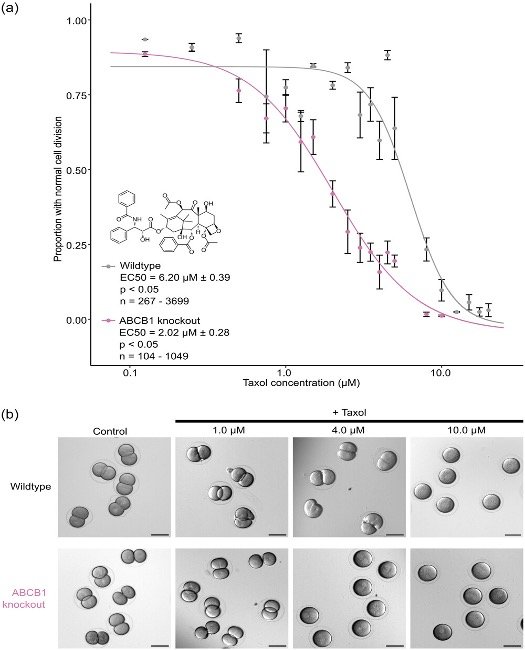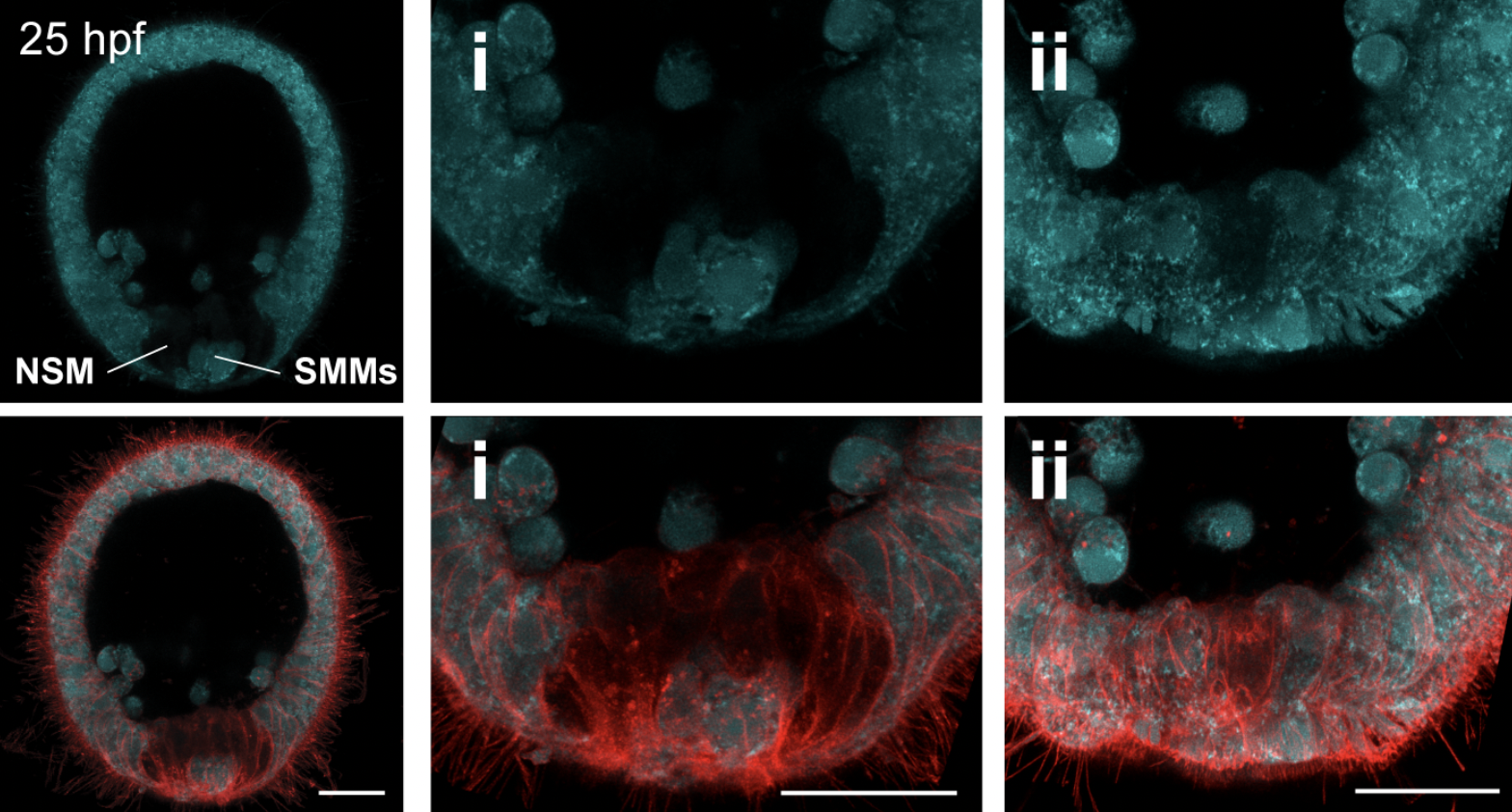Developmental toxicology
Industrial pollutants are pervasive in the environment and in humans. Legacy and emerging pollutants including flame retardants, pesticides, plasticizers, polyaromatic hydrocarbons, and personal care products, are routinely detected in humans. Of concern is that these compounds and their metabolites are also routinely found in cord blood and amniotic fluid, indicating early life exposures.
A vulnerable window of development is during formation and migration of the primordial germ cells (PGCs), the embryonic precursors of eggs and sperm. PGC formation involves intense intercellular signaling events and dramatic epigenetic reprogramming events, that are vulnerable to the interfering effects of environmental chemicals. Importantly, PGCs are formed early in development and thus the innate cellular defenses of the PGC are critical for protection. The overall goal of this research is to understand how the PGC protects itself against xenobiotics, and to determine how the program of PGC development can render this cell vulnerable to the effects of real-world chemical mixtures.






